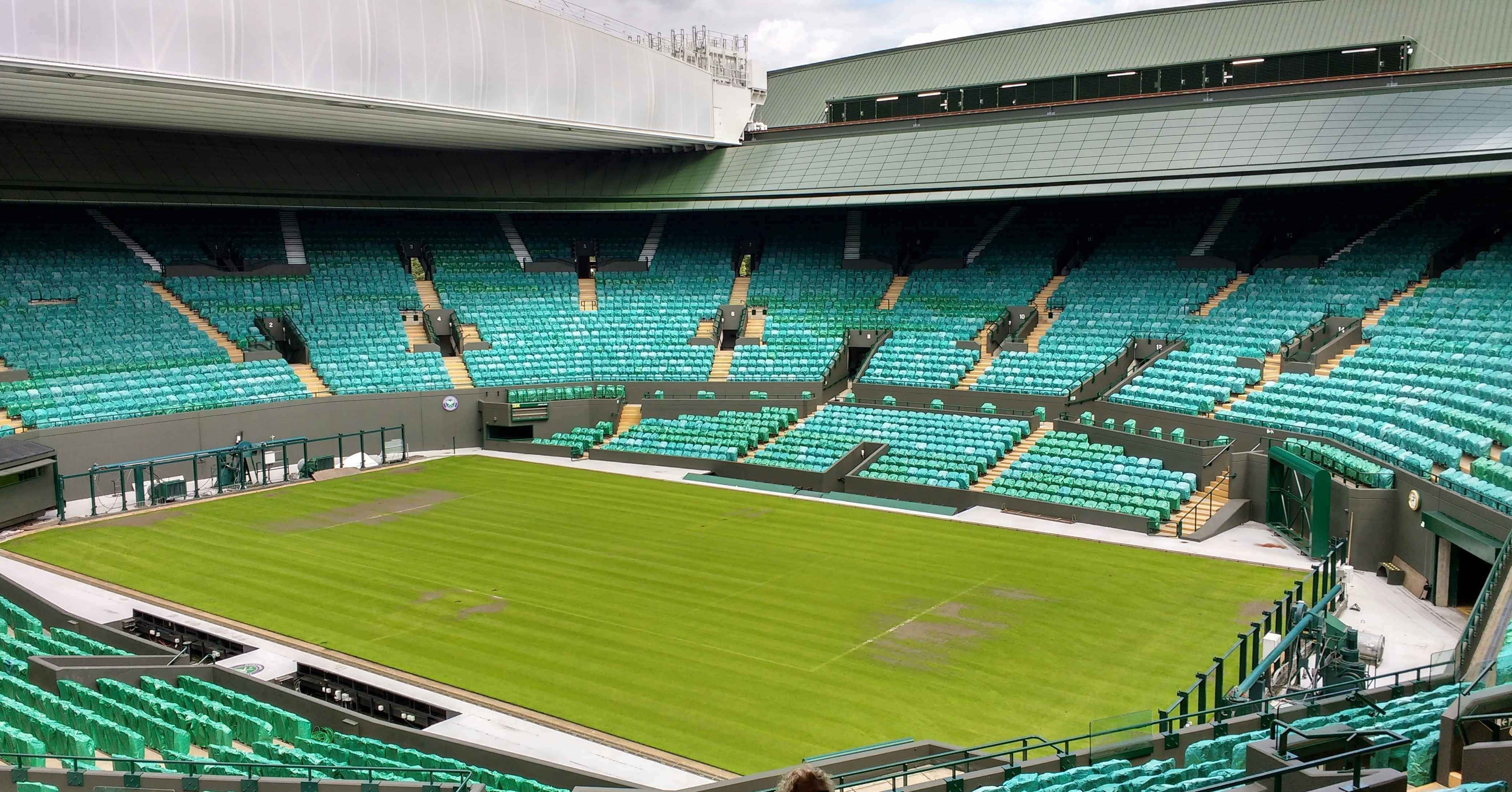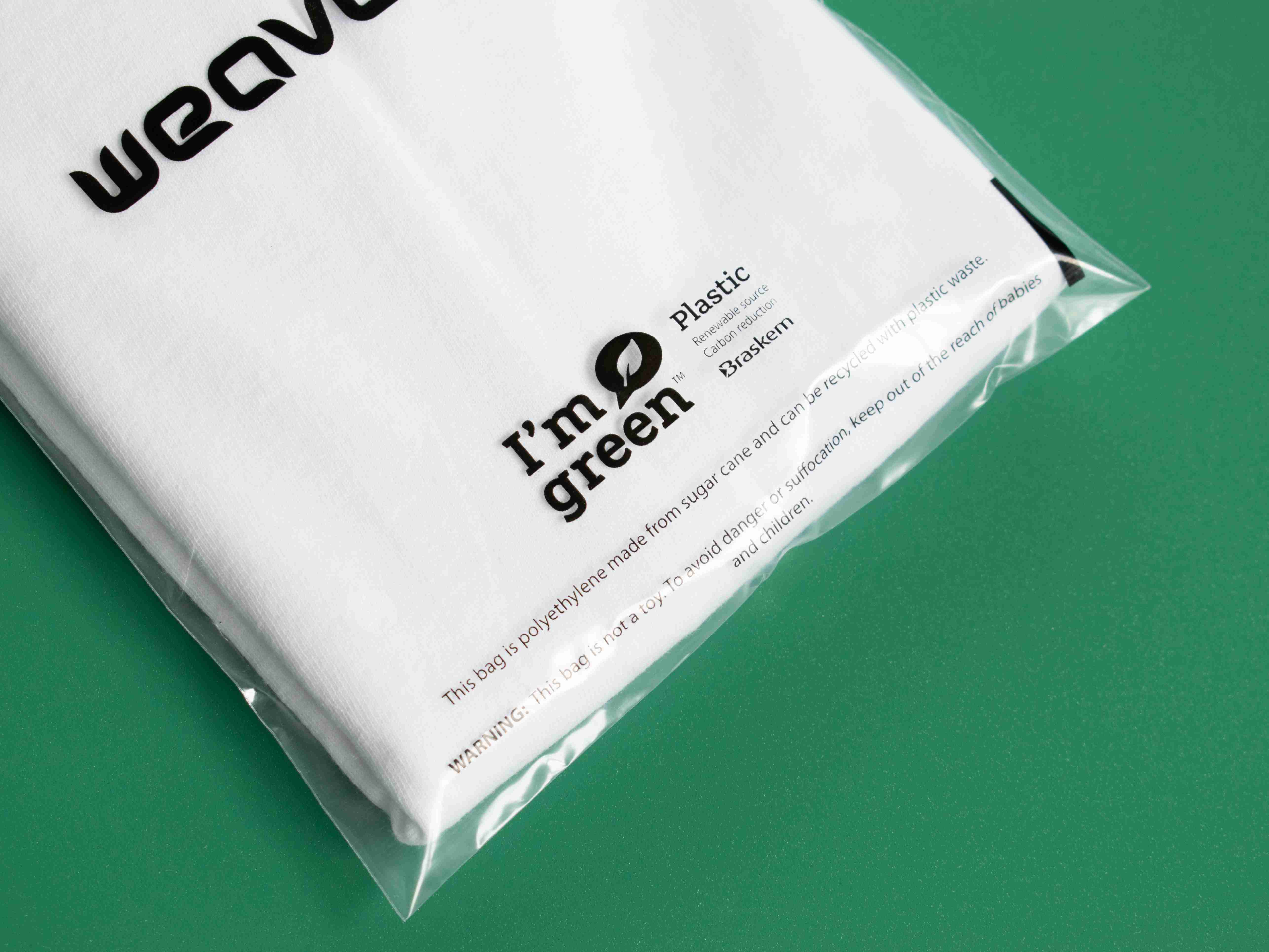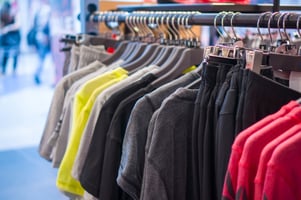Wimbledon sustainability: We take a look
How sustainable is Wimbledon? We take a look at the promises, results and partners of the iconic British tennis tournament.

Sustainability is at the top of the agenda for businesses in every sector, with sports no exception. As the requirement for eco-friendly initiatives increases, people are beginning to analyse some of our biggest sporting events.
We’re starting with the sporting event of the summer. Of course, we’re talking about Wimbledon. But how sustainable is Wimbledon? In this blog, we answer this question and more.
The promises
Its advocacy for a positive environmental impact is at the heart of Wimbledon’s sustainability efforts. Environmental impact is woven throughout the Wimbledon experience, from the biodiversity of the grounds to the energy sources it runs off.
Wimbledon has set a number of sustainability targets to work towards, which it regularly measures progress against:
- Reducing emissions from operations to ‘net zero’ by 2030
- Being a more resource-efficient organisation by 2030
- Contributing to a ‘net gain’ in biodiversity by 2030
- Using its influence to inspire wider action
The sustainability actions and initiatives have been categorised into four pillars for efficiency — operational emissions, resource efficiency, biodiversity gain and inspiring wider action.
The reality
Let’s examine Wimbledon’s current progress towards achieving its goals with the initiatives it’s carrying out within each sustainability pillar.
Operational emissions
Action is needed for Wimbledon to achieve net zero by 2030, 20 years ahead of the UK government's target of 2050.
A big part of Wimbledon’s carbon footprint is the energy it consumes, which is why all of its sites are powered by renewable energy and solar panels, which it continually measures and tracks.
All on-site vehicles and groundskeeping equipment are electric and they plan to remove gas power by 2027, further reducing emissions.
It’s not just what happens on-site but also in the supply chain. Wimbledon is built on its iconic British heritage, so all food and menu ingredients are sourced locally to celebrate the British Isles, further reducing supply chain emissions.
Resource efficiency
Circular models and resource efficiency are critical pieces of the sustainability puzzle. Wimbledon has on-site recycling and sends no waste to landfills to help reduce its waste impact.
Encouraging the reuse of materials is also key, so it uses food waste for fertiliser, has reduced single-use plastics, racket string recycling is available and 95% of project construction waste is diverted from landfills.
Biodiversity gain
Wimbledon is renowned for being a pocket of luscious green grounds within the London landscape, so it’s no surprise that horticulture is a top priority across the site.
There are many living walls, roofs and wildflower banks to encourage species variety and pollinators.
You’ll also find bee hives on-site, acorn harvesting for replanting, and plants and saplings donated to the local community to encourage biodiversity outside the walls of the Wimbledon grounds.
Inspiring wider action
While conducting sustainability initiatives within Wimbledon is critical, a big part of encouraging sustainability is spreading awareness far and wide.
All Wimbledon staff receive sustainability awareness sessions and the tournament is part of the UN Sport for Climate Action Framework.
Wimbledon also holds an annual Environment Day to promote sustainability education and awareness, and it supports the local community with environmental initiatives through The Wimbledon Foundation.
The brands
Wimbledon’s sustainability is woven throughout the efforts of all its partners to ensure a collective advancement towards a shared sustainability vision. Here are some of the eco-friendly initiatives of some of Wimbledon’s biggest partners.
Ralph Lauren
Ralph Lauren has been the official outfitter since 2006, providing staff uniforms and athlete apparel.
Its Timeless by Design approach incorporates circular principles and sustainable materials with a ‘built to last’ attitude. It focuses on responsible design and resourcing, with a focus on water stewardship and chemical and waste management.
There’s also an employee uniform return scheme to reduce further textiles waste heading to landfill.
Fred Perry
Although not an official Wimbledon partner, you can’t mention Wimbledon without Fred Perry.
A brand founded by three-time Wimbledon winner Fred Perry, the original M3 t-shirt was designed by Perry himself in 1952 for wearing on and off the tennis court.
While it’s always supported its iconic laurel wreath logo, the t-shirt has seen sustainable updates in recent years, such as using recycled materials, FSC-certified tickets and the brand becoming a member of Better Cotton in 2019.
Rolex
As Wimbledon’s official timekeeper since 1978, the focus has also turned to Rolex’s sustainability initiatives.
The brand has promised to reduce greenhouse gas emissions by 25% before 2030. It’s also rolled out several Perpetual Planet initiatives, such as supporting ocean conservation groups and facilitating partnerships with publications to raise environmental awareness.
The verdict: Wimbledon's sustainability
So, Wimbledon’s sustainability — what’s the verdict? The tournament has set ambitious targets and is making great strides in the right direction through a strong and solid framework.
While a large amount of resources are needed to fuel a competition such as Wimbledon, a huge amount of thought goes into the sourcing, emissions and subsequent waste.
The four-pillared approach considers all aspects of sustainability, which results in our determining that there’s a significant conscious effort to minimise its environmental impact.
Want to learn more about sustainability in sportswear?
Our sportswear hub is the place to be. Whether you’re looking for sustainable brands or eco-friendly packaging and trims, this is the location for all the products and resources to get you up to speed.









